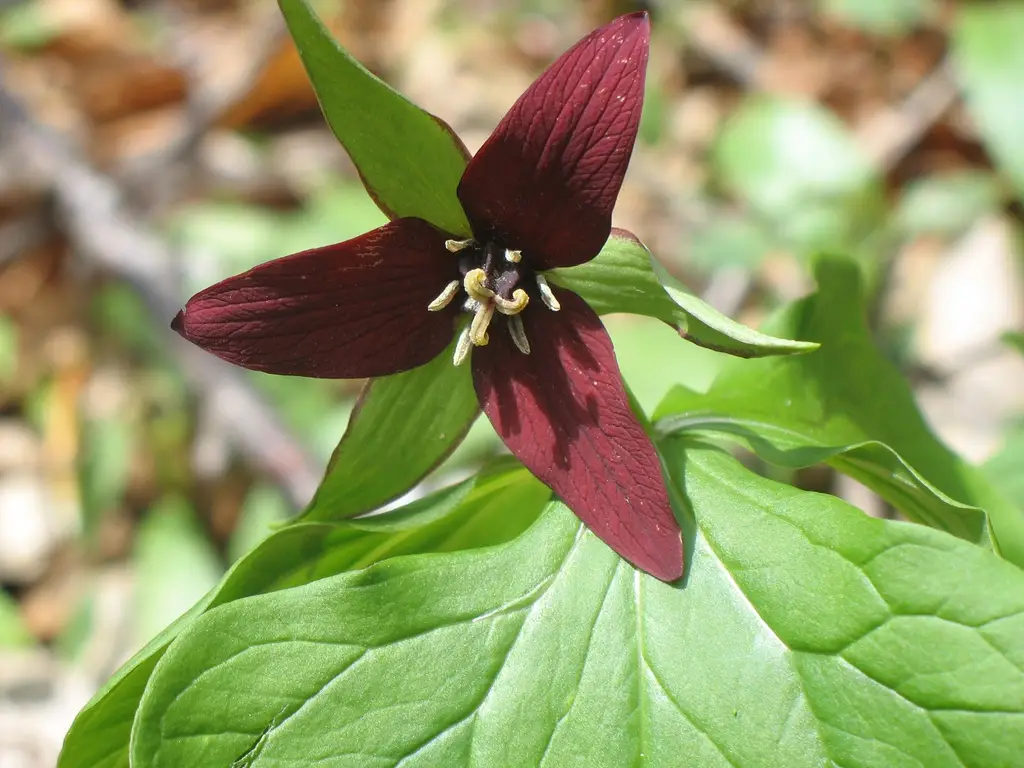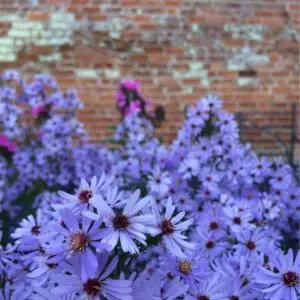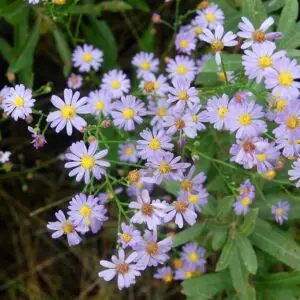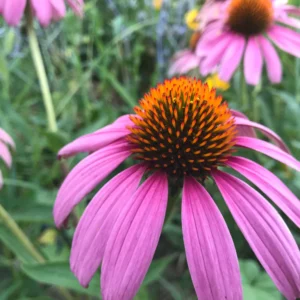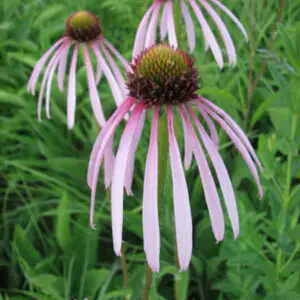| Size | Trade Gallons, Two Gallons, Three Gallons |
|---|
Trillium erectum – Red Trillium(H.M.MTH.NB.OP)
Ecosystem Services:
(B)-Birds (B&B)-Birds & Butterflies
(BTF)-Butterflies (BW)-Black Walnut Resistant
(DR)-Deer Resistant (DRGHT)-Drought Resistant
(EC)-Erosion Control (EVR)-Evergreen
(FC)-Fall Color (FRG)-Fragrant
(GRD)-Groundcover (H)-Host plant
(HMR)-Hummingbirds (M)-Mammals
(MTH)-Moths (N)-Nectar
(NB)-Native Bees (NST)-Nesting Material
(OP)-Other pollinators (RR)-Rabbit Resistant
(SHWY)-Showy (SPC)-Specimen Plant
Red trillium is an herbaceous perennial wildflower native to North America. It is a member of the trillium family (Melanthiaceae). It tends to occur in drier habitats and is typically found on acid soils, in open dry or rich mesic woods, within laurel and rhododendron thickets at mid to high elevations. The species epithet means erect.
Plant in moist, acidic, humus-rich sand, clay, or loam soil with part sun to shade (sun in early spring).
The three-petaled flower is often red to maroon with yellow anthers but can also be pinkish, greenish or yellow. The flower does not produce nectar, but its fetid odor attracts pollinators such as flies, beetles and fungus gnats.
Host plant for the Black-patched Clepsis Moth and the American Angle Shades Moth.

